Vmware Workstation is a virtual machine software used to run multiple operating systems in a single machine. The virtual machine can run an instance of an operating system such as Windows or any Linux distribution. Generally, it works as a bridge between the host and virtual machine for hardware resources such as hard disk, network drivers, USB devices, etc.
On the other hand, OpenSUSE is a free open-source Linux distro maintained by the openSUSE project and it is available in two variants which are Leap and Tumbleweed.
In this tutorial, we go over the steps involved in installing VMWare Workstation 16 in the OpenSUSE Linux distribution.
Features of VMWare Workstation
- New guest operating system support.
- USB controller support.
- A larger virtual machine, i.e, 32 virtual CPUs, 8GB graphics memory.
- Performance improvements such as fast file transfer speeds, faster shutdown.
- Improved accessibility support.
- Container and Kubernetes support.
Installing VMWare Workstation Pro in OpenSUSE
Open a terminal and first update your OpenSUSE system as follows:
$ sudo zypper update [On openSUSE Leap] $ sudo zypper dist-upgrade [On openSUSE Tumbleweed]
Next, install the required package dependencies by writing.
$ sudo zypper in kernel-source kernel-devel gcc
Next, download the Vmware Workstation 16 installer script bundle from the VMware official site using the following wget command.
$ wget https://download3.vmware.com/software/wkst/file/VMware-Workstation-Full-16.2.1-18811642.x86_64.bundle
After this operation, you should expect to see a file named VMware-Workstation-Full-16.2.1-18811642.x86_64.bundle as shown.
$ ls | grep "bundle" VMware-Workstation-Full-16.2.1-18811642.x86_64.bundle
If your output resembles the above it means that the download was successful, now go to the directory where it is currently stored and change its permissions by adding an execute permission for a suitable user group and execute the bundle as follows.
$ chmod +x VMware-Workstation-Full-16.2.1-18811642.x86_64.bundle $ sudo ./VMware-Workstation-Full-16.2.1-18811642.x86_64.bundle

Now we have it installed, it is time to launch it via the GUI through the application launcher or by using the command:
$ vmplayer
If the above command was successful, proceed to the next step. Otherwise, if such a prompt like the one shown below is encountered:
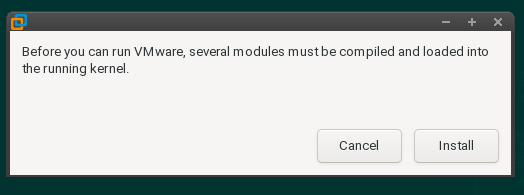
To get rid of this prompt we have to reboot the system:
$ reboot
The next time we try to launch VMware again, we should see a screen resembling the following:
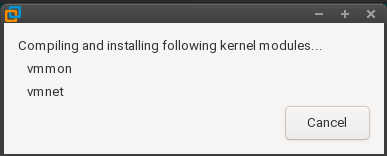
After kernel modules are installed we can relaunch the application again. If successful a window resembling the one below should be displayed.
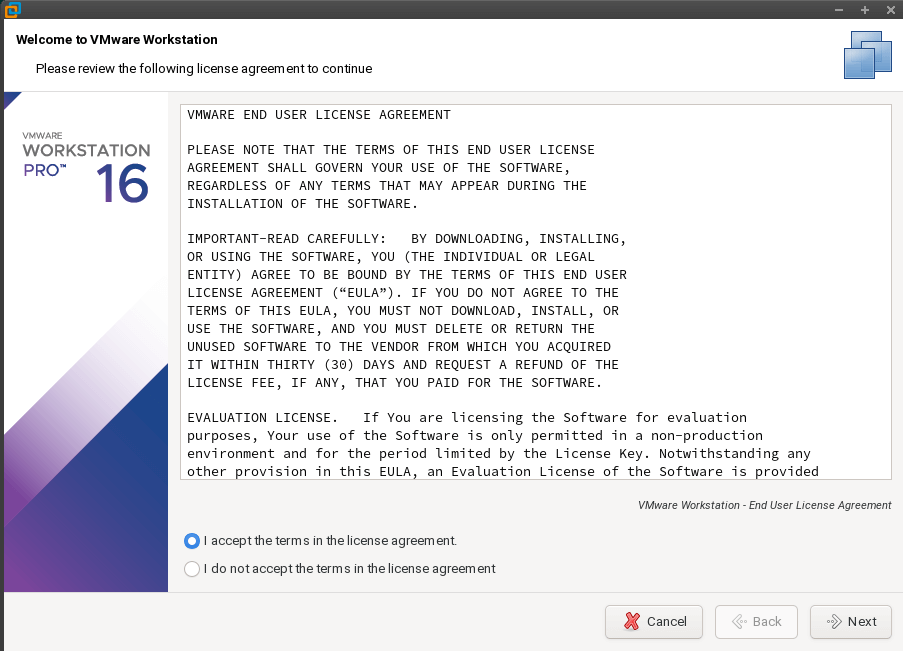
Select the radio button saying accept the terms in the license agreement then select the next button to proceed, if there is another similar prompt repeat the selection and proceed.
The next window involves product updates, you can select no if you don’t need product updates or yes if you need them, this is recommended, we don’t want to run an outdated version.
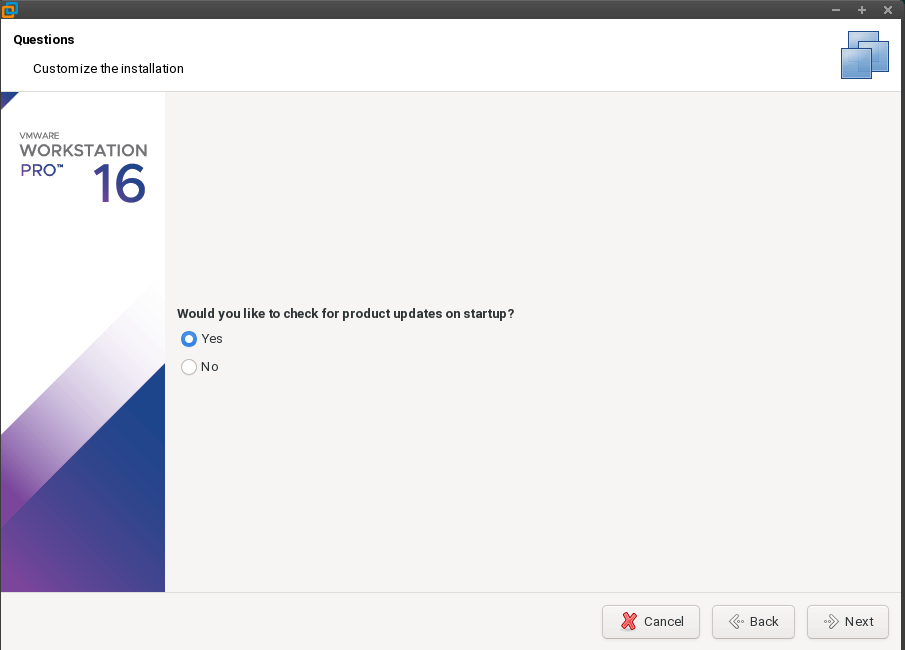
You can choose to participate in the CEIP program or not, select yes to join and no not to join then select next to proceed.
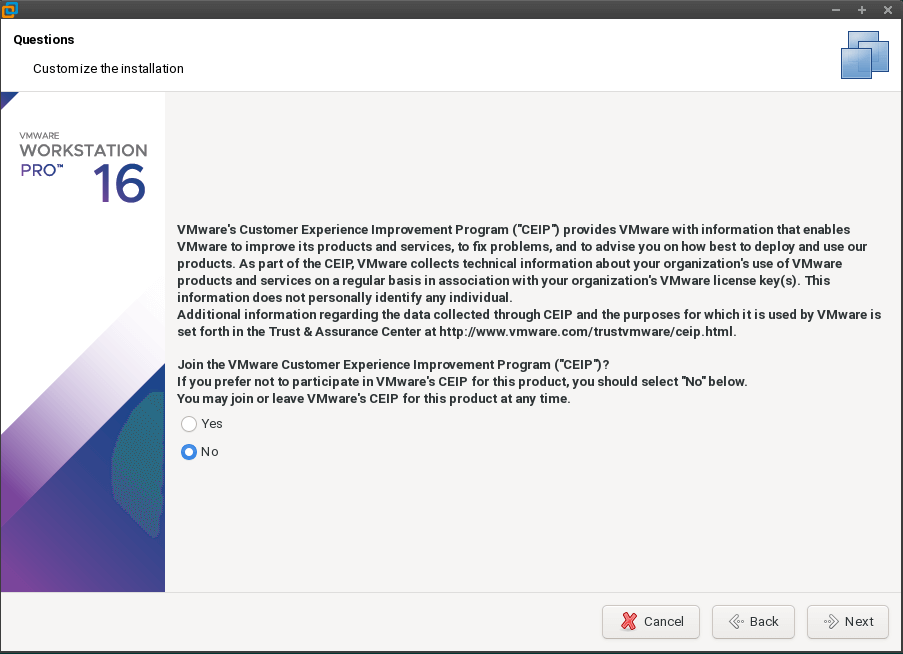
Now we are prompted for a license key, if you have one this is the place to enter it and proceed otherwise if you are running it for non-commercial use, select the second radio button.
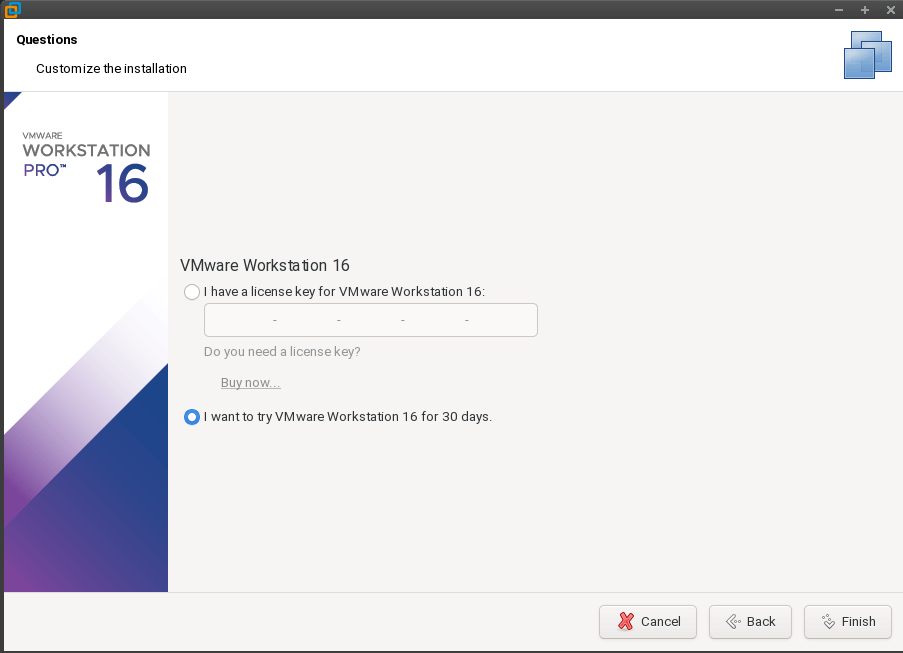
After selecting, press the finish to complete the installation and start VMware.
$ vmplayer
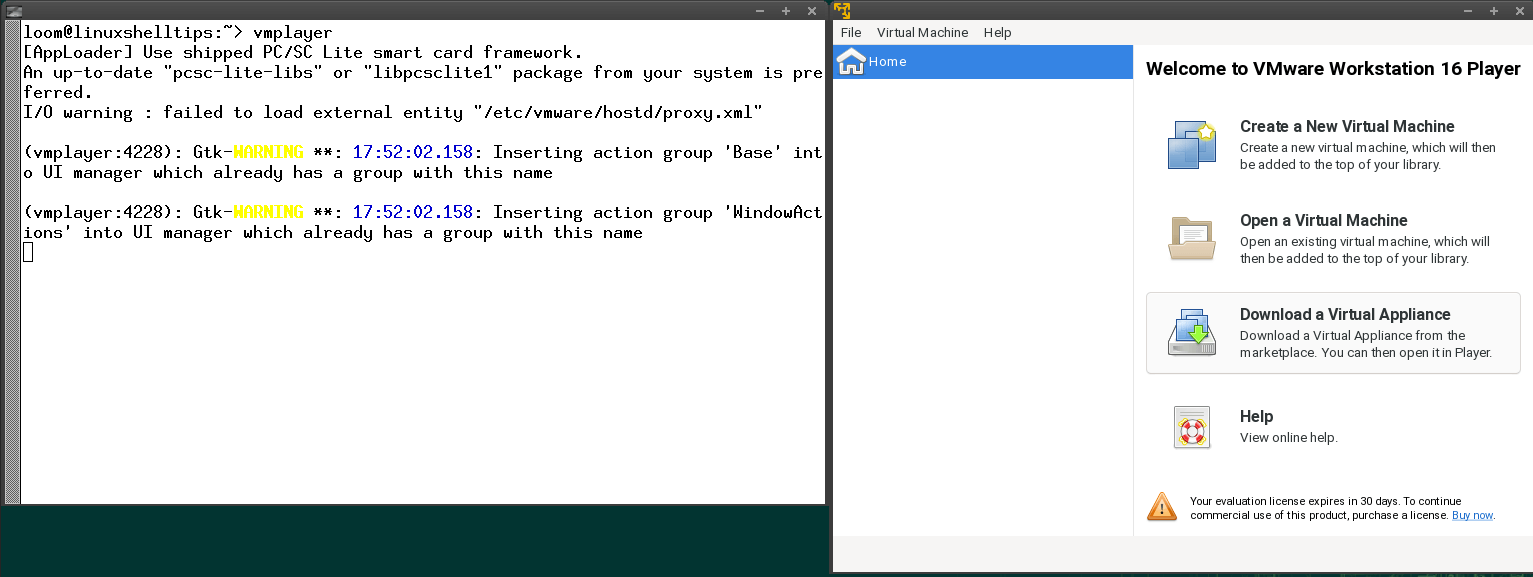
Uninstalling VMWare Workstation Pro in OpenSUSE
To uninstall the VMWare workstation player write:
$ sudo vmware-installer -u vmware-workstation

If successful you should have an output like shown below:
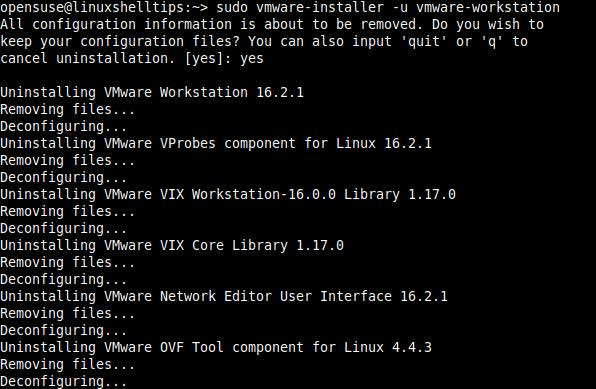
Vmware Workstation is a virtual machine software used to run multiple operating systems in a single machine. In this article, we have learned how to install it along with its dependencies. We have also shown how to start the VMWare workstation and also how to uninstall it from the OpenSUSE system.
